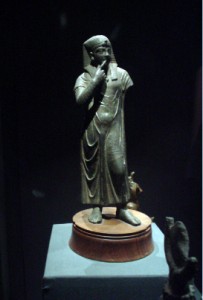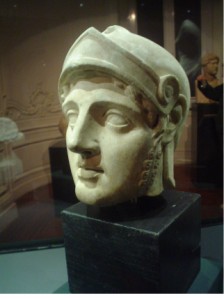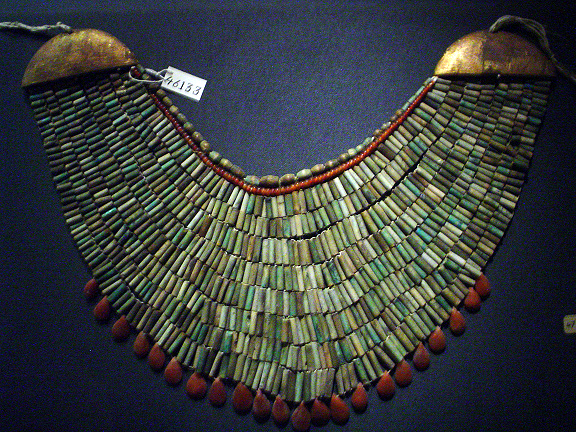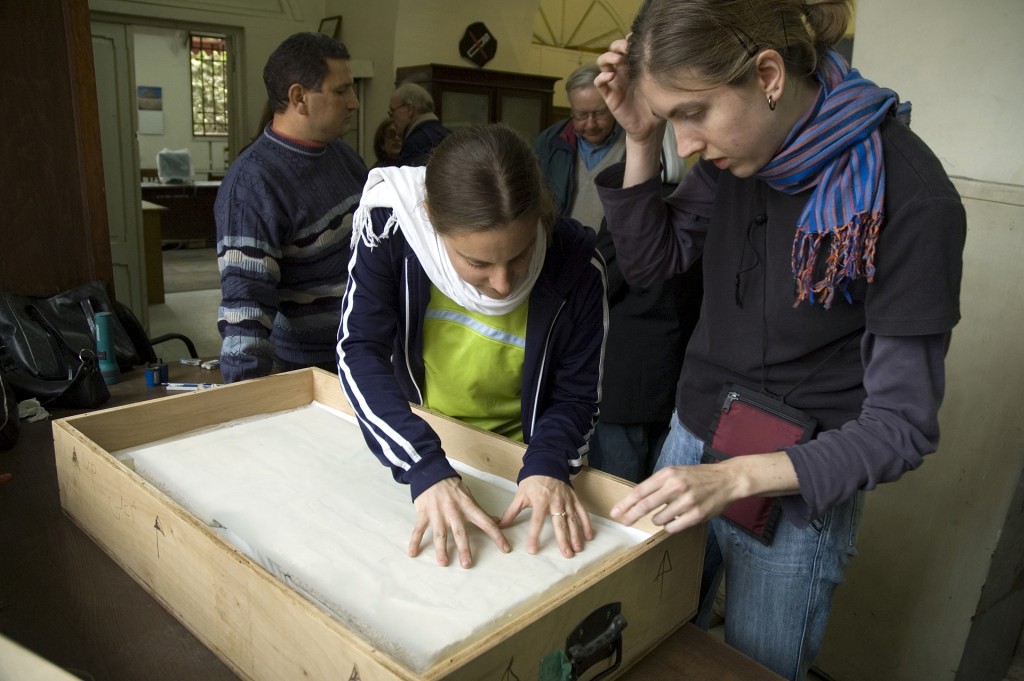With the on-going violence in Egypt, the preservation and protection of antiquities obviously seems like a secondary concern. As someone on Twitter asked yesterday: “to the [sic] hell with the churches, mosques & all buildings. What steps r being taken to protect lives?”
One person responded: “Suprsingnly [sic], some are here more worried about the Buildings than Lives”
Another tweeted: “Easy to say if those structures aren’t sacred to you. For some poor villages the church is all they have”
As a human being, my thoughts are first and foremost with all those suffering–directly and indirectly–from the bloodshed. But as an Egyptologist, I feel obliged to synthesize and share the reports I’m fielding about culture caught in the crossfire from colleagues who are currently in Egypt.
 The first structure to come under fire yesterday was the Rabia al-Adawiya Mosque–where yesterday hundreds were murdered. Last month, I wrote an Op-Ed for the Christian Science Monitor about the relationship of this building to gender history and Sufism–but now the mosque is in ruins–along with many lives, as shown in these haunting photographs. Sadly, this building will now occupy a very different and dark place in history and the national memory.
The first structure to come under fire yesterday was the Rabia al-Adawiya Mosque–where yesterday hundreds were murdered. Last month, I wrote an Op-Ed for the Christian Science Monitor about the relationship of this building to gender history and Sufism–but now the mosque is in ruins–along with many lives, as shown in these haunting photographs. Sadly, this building will now occupy a very different and dark place in history and the national memory.
Thankfully, they didn’t get much further than the kiosk.
The National Museum of Alexandria has always been one of my favorite museums in Egypt. Its collection includes many pieces from the Greco-Roman period in Egypt–which you can see in the posture, dress, and gesture of the first photo of this entry.
While I was excavating in Egypt, I made some time to photograph the entire collection of the museum for my students. Since I know many of my students won’t make it to Alexandria–I like to bring the antiquities of Alexandria to them. Students always appreciate my slides from this museum, because they see how the Greeks and Romans took ancient Egyptian beliefs and motifs and blended them with their own.
Now, if anything goes missing from this collection–I’ll know what’s gone, since I have the entire collection at my fingertips.
In addition to the museum in Alexandria, security guards were beaten and injured by protesters breaking into the Malawi National Museum in al-Minya. A large number of objects–1050–are missing. Photographs of objects believed to have been looted have been put on Facebook at this link. There are unconfirmed reports that the statue of the daughter of Akhenaten stolen yesterday has been found and returned by locals. Today, there were also reports that the museum had caught on fire, when the nearby police station was set ablaze. Sadly, all the objects that were not stolen (around 49) and remained in the museum were burnt–including a mummy.
Al-Minya is a charming town where my colleagues and I always stay when we’re visiting the rock-cut Middle Kingdom tombs of Beni Hasan, which is 20 kilometers south of al-Minya–to see such despair and violence against people and antiquities is heart-breaking. One of my colleagues emailed me today, saying “Will Egypt ever be the same again?” The answer, we both know, is quite simple: no–absolutely not.
In addition to attacks on ancient Egyptian artifacts and Islamic places of worship, churches were burned and Christians were murdered yesterday in places like Minya, al-Arish, and Suez–within hours of the military attacks against protestors.
After yesterday’s attack on the historic monastery of Abu Fana––which was not the first time this monastery was attacked, the army sent troops to protect the monastery of Abu Mina. Muslim locals also reportedly stepped in to protect a church in Ainshams from being attached by a pro-Morsi march earlier today. For a list of all the churches attacked, please go here.
While Lives > Buildings, the two are often linked–through identity, history, economics and security. With tourists being told to leave Egypt immediately, Egypt’s main source of revenue will likely continue its downward plunge–and antiquities will likely be used in other ways to make money. But tonight, I’m not really thinking much about architecture or antiquities–instead, I’m thinking about the families in Cairo being forced to sign statements that their loved ones committed suicide–just to get their bodies released for burial. And I’m thinking of the car bomb that ripped today through the city where I live–the city I love.
Tomorrow will be a National Day of Mourning here in Lebanon–and in Egypt, it will be a “Friday of Anger”–a day of rage. Tonight, two cities–one where I excavate, one where I live–are mourning terrible tragedies–which, sadly, may only lead to more violence in the days to come…





